Thermometer Speed—How to Properly Compare Instruments
Speed—or “response time” as it is often referred to in spec tables—is a very important consideration when choosing a thermometer. Thermapen ONE takes a full reading in one second or less, guaranteed. Typical digital thermometers available on Amazon or at big box stores take 10 or 15 seconds for a full reading and your grandma’s dial thermometer can take even longer.
Slower readings mean…
- slower decision making about when to stop cooking your food
- holding your hand over the heat for longer periods waiting for a reading and, most importantly…
- getting inaccurate temperature readings because the user doesn’t wait long enough for the thermometer to reach the actual temperature before moving on!
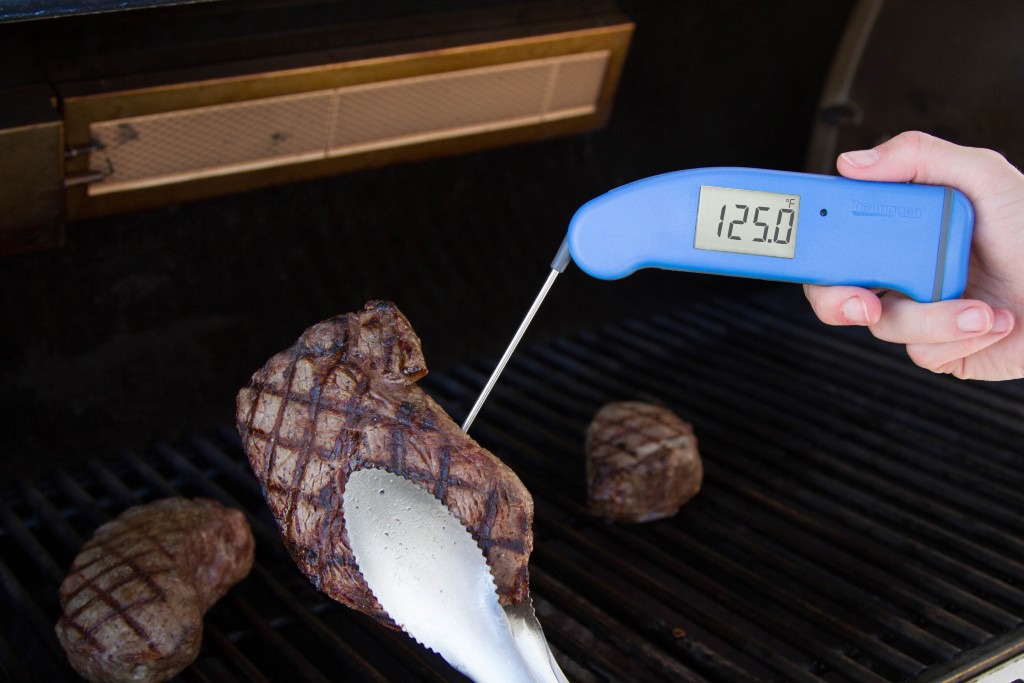
In some applications, like temping a steak over a hot grill or measuring the temperature of a sugar mixture as it comes to boil, the actual temperature is changing so quickly that a slower thermometer is wholly inadequate to the task. And the fastest instruments, like Thermapen ONE, allow you to pull the probe tip through the item being measured and see in “real-time” the different temperature gradients of the material—from the hot surface to the relatively cooler center—so you can pick the lowest temperature to gauge the doneness of your cook.
So measurement speed is one of the most important factors to consider when comparing the performance of different thermometers.
What Affects the Response Time of a Thermometer?
Speed, or “response time,” can be affected by many factors, including…
- the processor or the type of technology used
- the diameter of the probe
- the thickness or “gauge” of the probe material
- the speed of the processor doing the calculations
- the mass of the sensor itself and…
- the position of the sensor relative to the substance being measured
In general…
- electronic thermometers are faster than mechanical thermometers (like liquid mercury or dial thermometers)
- thermocouple sensors are typically faster than resistance technologies (like the thermistor or the RTD), and
- reduced tip probes are faster than standard-diameter probes and, even worse, pencil-thick wireless probes like the “Meat stick” variety
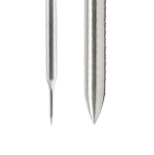
This last point is obvious when you think about the fact that a thermometer is only ever measuring its own temperature. Whatever the sensor type, the sensor is encased in a probe. In order for the sensor to reflect the temperature of the substance being measured, the surrounding probe must first come to equilibration with that substance. Thicker probes take longer to equilibrate and so their sensors take longer to accurately measure the temperature of anything.
What Are Time Constants? And Why Are They Important?
In technical catalogs and websites, including ThermoWorks.com, the speed spec, aka “response time,” is often listed in increments called “time constants” (represented by the Greek letter τ [tau]). It can be a little confusing, but one time constant is the time it takes for a given instrument to get to 63.2% of its final value (i.e. a complete measurement or “full reading”).* To achieve the practical equivalent of a full 100% measurement, four more time constants are needed for a total of five (5) constants to get an accurate temperature reading (see the table below—each “step” adds 63.2% of the remaining value).
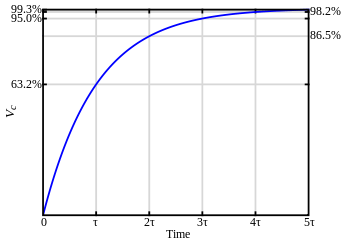
If a technical spec table lists a given probe as having a time constant of 0.5 seconds, you can expect to get a full reading with that probe at 2.5 seconds (or five times the listed time constant). This is important to remember, so you are sure to compare apples to apples when considering instruments with different specifications or brands.
Misleading Response Time Claims
Commercial claims like the one associated with Thermapen ONE (i.e. “Full reading in 1 second (0.2 seconds time constant)”) are full reading claims. The technical response time of the Thermapen ONE is 0.2 seconds, or one second divided by five. Don’t be misled by other thermometer manufacturers claiming a “response time” of one second “just like a Thermapen” when their actual time to a full reading is five of their one-second time constants, or 5 seconds!
Of course, you can always test your instrument in a properly made ice bath to see what the response time actually is.
Some people wonder why they shouldn’t do such a thermometer speed test in food, since that is where they actually use their thermometers. The answer is that different places in the same foods are all at radically different temperatures. And those temperatures are actually changing while the food cooks. You can’t test the response time of an instrument getting to a target temperature if you don’t know what the target is. That is why the American Society for Testing and Materials (ASTM), the official body charged with validating the performance of all instruments, recommends testing thermometer accuracy and response time in a properly made ice bath.
Testing the Response Time of Your Thermometer
Use an actual timer and be as careful as you can to start the time when the probe tip enters the properly made ice bath and you begin stirring (you should always stir) and to stop the timer when the display on the thermometer reaches to within the accuracy spec of 32°F (0°C) (i.e. for Thermapen ONE, since the accuracy spec is ±0.5°F (0.3°C), you should stop the timer with the display reaches 32.5°F (or 0.3°C).
Note that response times in actual food or oil or other substances may vary from response times in ice water. That’s natural for all thermometers. Pure water at the freezing point is used to determine the specification of a thermometer, so it is the best material to use in testing response time. And although actual performance may vary in food, a thermometer that is faster than another in ice water will always be faster in other substances, as well.
“Updates” vs. “Full Readings”
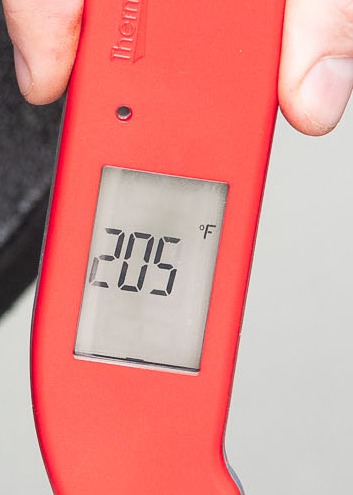
Another number that can be misleading is the “reading update rate.” This number refers only to the frequency with which the digital processor of a thermometer samples the sensor and updates the display. Thermapen ONE has an update rate of 0.5 seconds. That means that the digital display will show changes in the temperature as measured by the sensor every half second but it has nothing to do with the speed with which the sensor will adjust to the temperature of the material being measured. This is another way in which other manufacturers make misleading claims about the speed of their instruments by claiming one-second response times when all it is doing is updating the display with an inaccurate measurement every second.
Adding Up Component Speeds vs. Integrated Systems
Lastly, a word about integrated systems. It’s important to keep in mind that, just as with accuracy, the total response time of a system (i.e. a handheld meter paired with an external probe) may well be the sum of the response times of the individual components (i.e. the meter response time plus the probe response time). That’s one of the things that makes integrated systems like Thermapen ONE so appealing—the one-second response time spec is for the whole integrated system (both the meter and the probe).
Conclusion
Speed is an important consideration when comparing the performance of different thermometers. Some thermometer technologies are inherently faster than others and, depending on the application, additional seconds (or fractions of a second) can make all the difference.
It can be confusing, particularly when some manufacturers make marketing claims that attempt to pass off “update time” intervals or a single time constant specs as “full reading” claims comparable to Thermapen ONE. Be aware of the differences and be sure to do some of your own testing to better understand how to use and rely on your thermometers in your day-to-day work.
*Note that the time constant figure of 63.2% has technical significance but is beyond the scope of this article.
Thermometers features in this post:


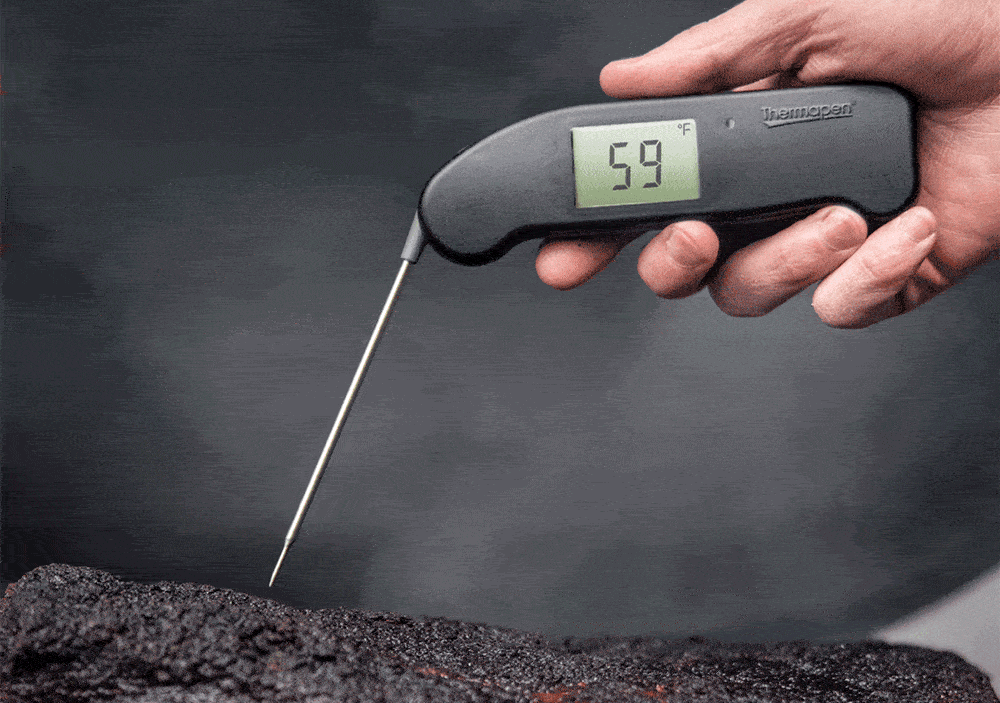

I have a Thermapen like the one you show. And I also have two others…one is an instant read and the other is meant to stay in the meat as it cooks. But I forget which is which. How can I tell?
Sandy
A thermometer that is meant to stay in the meat as it cooks will have a cord, a wire coming from the probe that plugs into a base. Do not leave your Thermapen in your food as it cooks in the oven! Its probe can handle very high temperatures, but its circuitry cannot.
I love learning the science behind the Thermopen 1 and how to measure reliably since precision and accuracy are already built into the device.
Why aren t thermopen 1 and the like useful in measuring air temp such as in a refrigerator or have i misheard?
They can be, but as air is such a bad conductor of thermal energy, it takes longer for the Thermapen to be affected by it. If you want to leave your Thermapen in the fridge for a few minutes and then look at it, you’ll get an accurate reading.